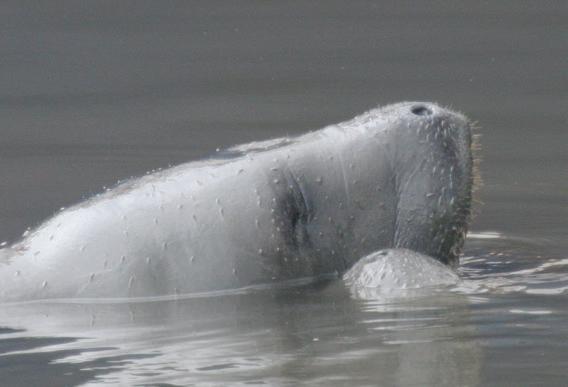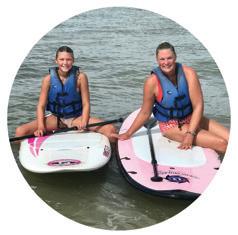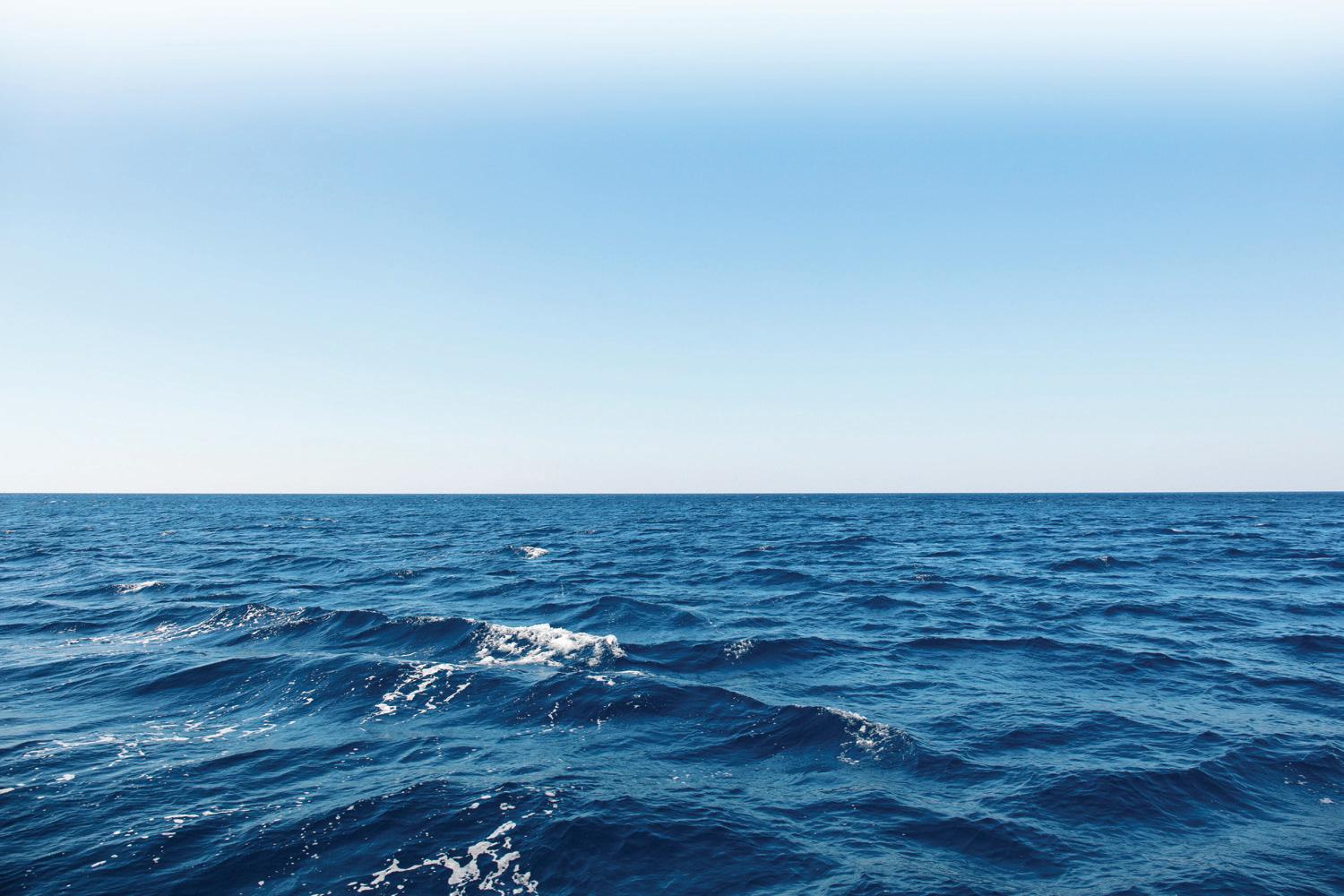
3 minute read
Sea Turtles and Manatees are Here
By Rick Lavender Communications and Outreach Specialist GADNR Wildlife Resources Division
Manatees migrate from Florida to Georgia each spring, attracted by abundant marsh grass and other aquatic vegetation. As early as March and into November, manatees occur in all tidal waters throughout coastal Georgia, said senior wildlife biologist Clay George of DNR’s Wildlife Conservation Section.
Advertisement
“Manatees feed on smooth cordgrass and other emergent vegetation that is abundant in our freshwater and brackish marshes,” George said. “When manatees arrive in Georgia they have essentially unlimited food.”
Boaters can lessen the risk they pose to manatees by heeding low-speed and no-wake zones, particularly around docks where the big mammals eat algae growing on the structures. George also advised sticking to the deeper channels when boating in tidal rivers and creeks. Manatees “are often right along the edge of the marsh,” he said, feeding on Spartina alterniflora, or salt marsh cordgrass.
With sea turtle and manatee sightings on the rise on Georgia’s coast, boaters should be on the lookout for these large animals.
Boat strikes are a leading cause of sea turtle strandings and manatee injuries and deaths. Manatees and all sea turtle species found in Georgia are protected under the Endangered Species Act and the Marine Mammal Protection Act.
Tips on what to watch for in the coast’s murky waters differ. A “footprint” of swirls may mark a 9-foot-long manatee underwater. A 300-pound loggerhead sea turtle may show only its head when it surfaces. Sea turtles spend more time on the surface in spring, putting them at greater risk of being hit by a boat.
What can boaters do? Be vigilant, be ready to slow down or steer clear, and if they do run into a sea turtle or manatee, stand-by and immediately contact the DNR at 800-2-SAVEME (800-272-8363). This provides biologists the best chance to help these animals and gather data useful in conserving them. Boaters will not be charged if operating their boat responsibly and the collision was an accident.
State Sea Turtle Program coordinator Mark Dodd, a senior wildlife biologist with the Georgia DNR, emphasized that sea turtles are not limited to the ocean side of barrier islands. “They occur everywhere, not just in the ocean,” Dodd said. “They’re in the sounds, the estuaries, the tidal creeks.”
While nesting data indicates that federally threatened loggerheads are holding their own, boat strikes that kill or injure reproductive females are a significant threat. Of the 78 dead or injured sea turtles found on Georgia beaches last year, almost 30 percent of those that could be assessed had suffered injuries consistent with being hit by a boat.
Manatees share a similar problem. These big, slow-moving mammals swim just below the surface, often putting them in harm’s way for oncoming boats. Watercraft collisions caused about a quarter of the manatee mortalities documented in the state since 2005.
Everyone is encouraged to report any dead manatees and sea turtles they see. (If the turtle is tagged, include the tag color and number in the report if possible.)
Sea Turtle Strandings
Report stranded sea turtles in Georgia by calling DNR at 800-2-SAVE-ME (800-272-8363).
Reporting Manatees
If you see or photograph a healthy, injured or dead manatee, call DNR at (800) 2-SAVE-ME (800-272-8363). Note the date, time, location and number of manatees seen, plus the coordinates, if possible.
Manatees sometimes gather in groups to socialize. Large mating “herds” can top 20 individuals. Socializing is normal manatee behavior, senior wildlife biologist Clay George said. “If you’re boating and see a manatee, slow down and keep a sharp eye … other manatees could be nearby.”
Boaters can help protect manatees by:
◆ Looking for manatees before cranking your boat’s motor.
◆ Using caution when navigating in shallow water and along the edge of a marsh. Manatees cannot dive away from boats in these areas.
◆ Heeding “slow speed,” “no wake” and manatee warning signs, especially around docks.
◆ Wearing polarized sunglasses to reduce glare and make it easier to spot manatees below the surface.
◆ Watching for trails of large swirls in the water called footprints that may be caused by manatees diving away from the boat.
◆ Never feed manatees or give them fresh water. This could teach the animals to approach docks, putting them at greater risk of a boat strike.
◆ Never pursue, harass or play with manatees. It can be harmful to manatees and it’s illegal.

















